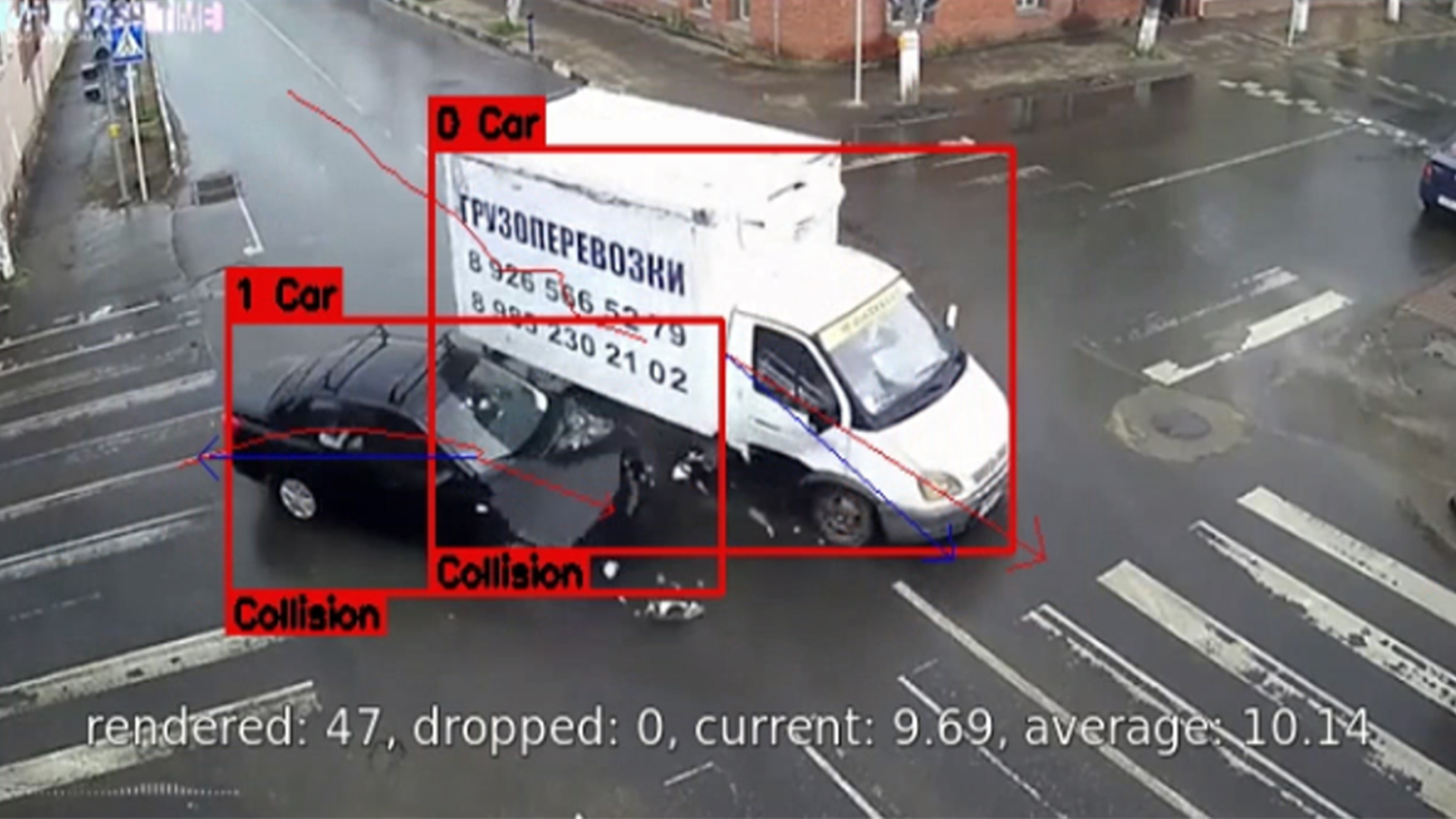The final 12 AI reference kits are now available for free download. This set rounds out the 34 total created by Intel and Accenture to simplify AI development for solutions across consumer products, energy & utilities, financial services, health & life sciences, manufacturing, retail, and telecommunications.
Each reference kit takes advantage of the software optimizations for popular frameworks and libraries in deep learning and machine learning such as TensorFlow*, PyTorch*, scikit-learn*, and XGBoost and includes the following:
- Training data
- An open source, trained model
- Libraries
- User guides
- Intel® AI software products
Download one or all of them to get a head start on solving similar business problems in your industry. You also can use the kits with your own data.
The Rundown
Synthetic Data Generation
Challenges associated with data privacy, limited data availability, data labeling, ineffective data governance, high cost and the need for a high volume of data are driving the use of synthetic data to fulfill the demand for AI solutions across industries. These four kits are designed to facilitate the creation of synthetic data:

1. AI Structured Data Generation (Cross Industry)
Primary Use: Developing a model to synthetically generate structured data, including numeric, categorical, and time series.

2. Text Data Generation (Cross Industry)
Primary Use: Generating synthetic text like the provided source dataset using a large language model (LLM).

3. Image Data Generation (Health and Life Sciences)
Primary Use: Generating synthetic images using generative adversarial networks (GANs).

4. Voice Data Generation (Cross Industry)
Primary Use: Translating input text data to generate speech using transfer learning with VOCODER models.

5. AI Data Protection (PII) (Cross Industry)
Primary Use: Minimizing privacy challenges with personally identifiable information (PII) in the design and development stage.
Data masking, data de-identification, and anonymization sanitization are used to meet regulatory requirements and customer expectations.

6. Computational Fluid Dynamics (Cross Industry)
Primary Use: Accurately simulating fluid flow to optimize the engineering design of components, e.g., in aerospace, automobile, and energy industries.
Fluid flow profiles are typically calculated by numerically solving the partial differential Navier Stokes (NS) equations governing the environment and boundary conditions, which is an iterative, time-consuming, and compute- and memory-intensive job. These factors are a deterrent for rapid design and development of infrastructure where aerodynamics plays a critical role in efficient operation, e.g., design of a wind turbine blade, the spoiler of a Formula-1 car, or even the stacking of server chips in a large data center, where the wind flow will affect cooling patterns or lead to hot spots.

7. Structural Damage Assessment (Cross Industry)
Primary Use: Creating a computer-image model to assess the severity of damage caused by a natural disaster using satellite-captured images for input.
Effective disaster management requires predictive insights and real-time information regarding impending or previous disasters. AI-based technological solutions for satellite image processing of structural damage to buildings have great potential in disaster management and response.

8. Vertical Search Engine (Cross Industry)
Primary Use: Developing a natural language processing (NLP) model for semantic search through documents.
Semantic search systems enable the use of the contextual meaning within a query to find matching documents in a more intelligent way than traditional keyword-based search systems. The key component in building effective semantic search systems is a method to transform queries and documents from text form into a form that captures semantic meaning. AI-powered semantic vector search enables users to find answers, content, and products more accurately compared to traditional text search systems.

9. Data Streaming Anomaly Detection (Cross Industry)
Primary Use: Developing a deep learning model to detect anomalies in sensor data that monitors equipment conditions.
Organizations build applications that incorporate streaming data from machine control systems, sensors, meters, mobile phones, social media, etc. to process massive amounts of data as it is generated. Many professionals increasingly rely on these applications to give them real-time information to conduct their daily jobs effectively.

10. Visual Process Discovery (Cross Industry)
Primary Use: Capturing real-time interactions between users and workflows and providing objective data-driven insights to enhance processes.
This kit helps detect UI elements (buttons, links, texts, images, headings, fields, labels, iframes) that users interacted with from the inputted website screenshots.

11. Engineering Design Optimization (Manufacturing)
Primary Use: Helping engineers generate realistic manufacturing designs.
High demands for innovation in manufacturing are pushing engineers to adopt AI models to create a wide range of high-performance complex component designs while reducing manufacturing costs and accelerating the product development process.

12. Traffic Camera Object Detection (Government)
Primary Use: Developing a computer vision model to predict the risk of vehicle accidents by analyzing images from traffic cameras in real time.
AI-enabled traffic camera imaging aid helps address traffic management challenges by reducing congestion on road, improving the accuracy of pedestrian/vehicle identification, improving device-2-device communication, and helping reduce accidents.
Learn More and Go Get Them
There are 34 AI Reference Kits, all of which are free to download and use in your personal or professional coding endeavors. So … explore them all, download what seems useful, and share the rest with your colleagues.